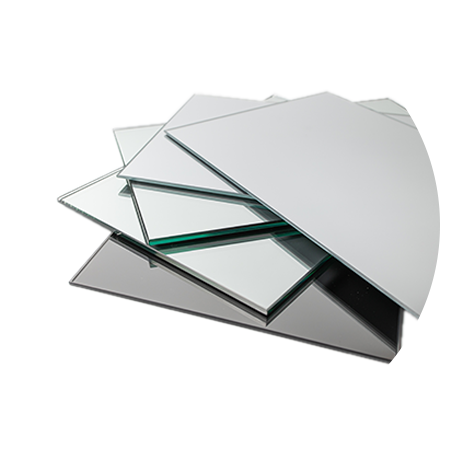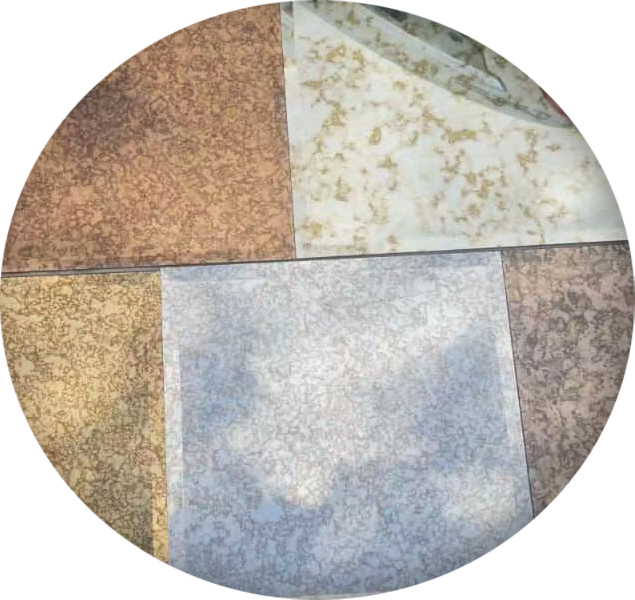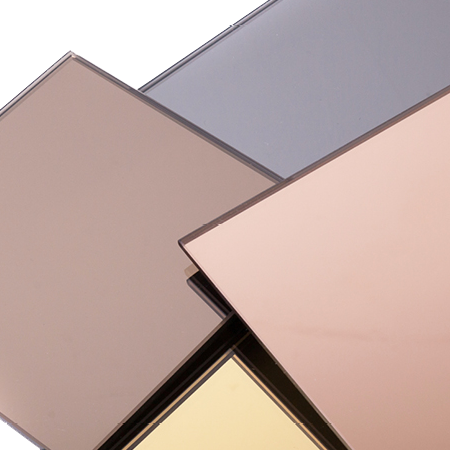

Metal plating is the most common form of mirror coating. From gold and zinc to copper and platinum, many metals can be used to coat mirrors. Two of the most popular are silver and aluminum. Though each plating process has its differences, both aluminum and silver coating can offer unique benefits that improve the functionality of optical mirrors. Mirror coating aims to produce a non-crystalline coating of amorphous metal (metallic glass), with no visible artifacts from grain boundaries. The most common methods in current use are electroplating, chemical "wet process" deposition, and vacuum deposition. Electroplating of a substrate of glass or other non-conductive material requires the deposition of a thin layer of conductive but transparent material, such as carbon. This layer tends to reduce the adhesion between the metal and the substrate. Chemical deposition can result in better adhesion, directly or by pre-treatment of the surface. Vacuum deposition can produce a very uniform coating with a very precisely controlled thickness.[2] Because of their reflectivity, layers of aluminum and silver are often used. Silver is the most reflective across the visible spectrum, reflecting 95 percent of light. Aluminum is slightly less reflective yet still can reflect 90 percent of light. Both coatings are excellent for use in many applications.


Antique mirror is a general term used to describe mirrors that have been treated to have distressed patches making it appear deteriorated with age. Use an antique mirror design to add a vintage and unique vibe to any space. Choosing an antique mirror to be an accent, transition, or feature element can open a room in many ways. The reflective nature of silvered glass significantly brightens and widens even the darkest and the smallest of spaces, making a room more comfortable and inviting. Layer onto that the texture and complexity of this retro look and there is an added decorative element that can act as a focal point. From a rich classical look to a textured, eclectic look, the possibilities are endless.


Tinted mirrors are exactly what the name suggests, mirrors with a colored tint. Because of the colored hue, manufactured into the glass, a tinted mirror might appear a little bit darker than its normal silvered counterpart. Some of the tinted mirrors also have texture. The texture is an element of design that defines the surfaces of shapes and forms. By incorporating tinted mirrors into the design of a space, it can act as an accent or a visual texture that will create interest and elevate the feel of the area to being more interesting and stimulating. Tinted mirrors can be a functional alternative to the artwork if you need to create a focal point for a room and create a bit of drama. In addition to being low maintenance, it's most useful to give the illusion of expanding small spaces with its reflective nature.